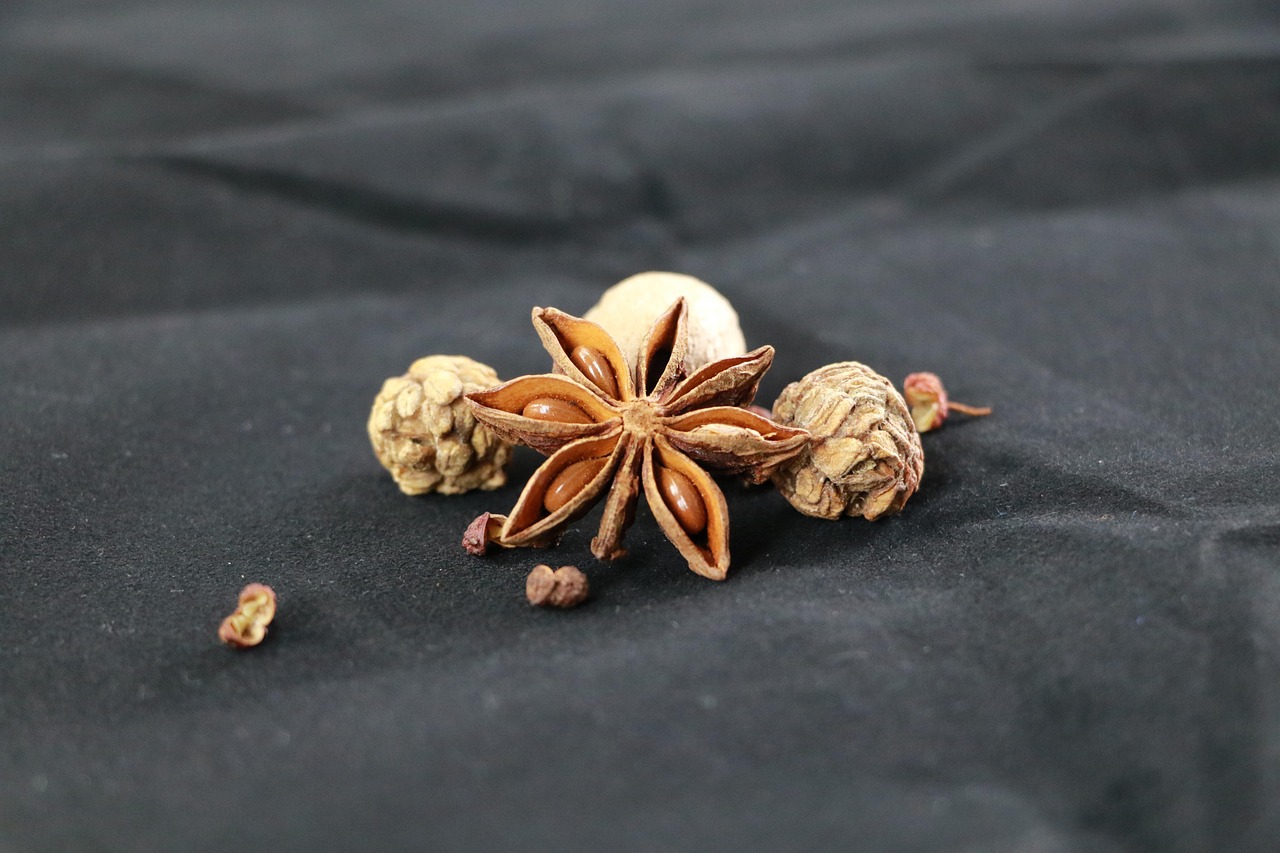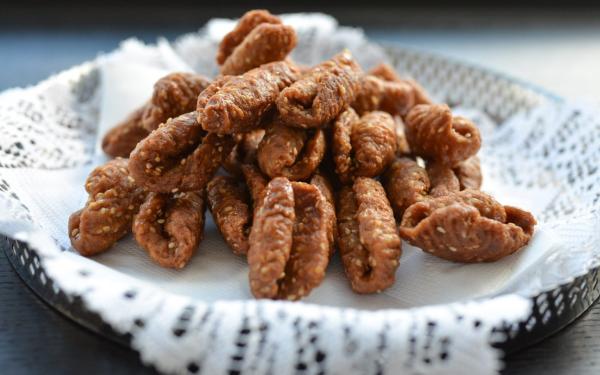Anise (Pimpinella anisum) or aniseed is a flowering plant native to the Middle East. It was first cultivated in Egypt around 4,000 years ago, and quickly spread to Europe for its medicinal value[1]. It has become important across the region for a variety of reasons, including its use in baked goods, alcoholic drinks, and religious tradition.
Anise grows best in light, fertile, well-drained soil, and can be planted as soon as the ground warms up in spring[1]. They prefer slightly alkaline soil, and should be sowed directly into the ground. Once established, anise can tolerate periods of drought. Anise flowers from June to July, and aniseed can be harvested from the plant’s dried flower pods in August and September[2].

Cultural Relevance of Anise
Anise has been used in the Middle East since ancient times for its medicinal uses, culinary versatility, and cultural significance. Originating in the Middle East, anise quickly spread through trade and quickly became important to various other regional and ethnic cuisines[4]. It is first mentioned in the Ancient Egyptian Papyrus Ebers (c.1550 BC) as a medicinal crop, showing just how far back anise has been used by Middle Eastern cultures. Crushed aniseed was also used for its aroma in perfumes and soaps in Ancient Egypt and other cultures[5]. Anise is also mentioned in the Christian Gospel of Matthew as part of a religious tithe[6].
In Ancient Egypt, anise-infused wine was often offered to gods, as the spice was believed to hold divine properties. Ancient Christian communities also incorporated the spice into flavored breads and holiday treats — a tradition that continues to this day, especially during Easter. Anise tea is also a popular drink during Ramadan, valued for its soothing properties throughout the fasting period[4].
Aniseed is well known for its medicinal properties and has been used in traditional medicine in various cultures since ancient times. The first written record of Anise, which is from around 1550 BC in ancient Egypt, describes the medicinal value that the plant holds[6]. Anise contains compounds such as anethole, which is believed to have anti-inflammatory, antioxidant, antifungal, and antibacterial properties. They have been used to treat digestive issues, coughs, and even menstrual cramps[3]. In Ancient Rome, Pliny the Elder describes anise as a cure for sleeplessness, a way to freshen breath when chewed with honey, and a remedy for snake bites when when mixed with wine. Aniseed has also been used as traditional medicine in Turkey where it was believed to be an appetite stimulant, tranquilizer, and diuretic[1]. The seeds are also a good source of vitamins and minerals, containing high amounts of Iron, calcium, and magnesium, as well as vitamin C[3].
Anise has a flavor and aroma similar to other spices, such as fennel, liquorice, and tarragon. It is most widely cultivated and used to flavor food, candy, tea, and alcoholic drinks in the Middle East and surrounding regions. Anise leaves, seeds, and essential oils are all used in Middle Eastern cooking, although the seed is used most frequently[5]. The seeds can be used whole or ground, and are often used in combination with other aromatic herbs[1]. Although typically used in deserts, aniseed also pairs well with Middle Eastern soups, stews, and sauces, as well as chicken, and fish. Due to their strong flavor, it is important to use aniseed in moderation to avoid overpowering other ingredients[3].
Anise is also used to make various Middle Eastern liquors, including Arak in Egypt, Lebanon, Syria, Jordan, Palestine, and Israel, Raki in Turkey, and Anisette Cristal in Algeria. These liquors are typically clear, but often become cloudy when added to water through a phenomenon known as the “ouzo effect” that is unique to anise liquors[1]. Many of these drinks, especially Arak, which is the national drink of Lebanon, are so important to the region’s cultural heritage that they are made with strict standards and must meet specific production requirements to be sold[4].



